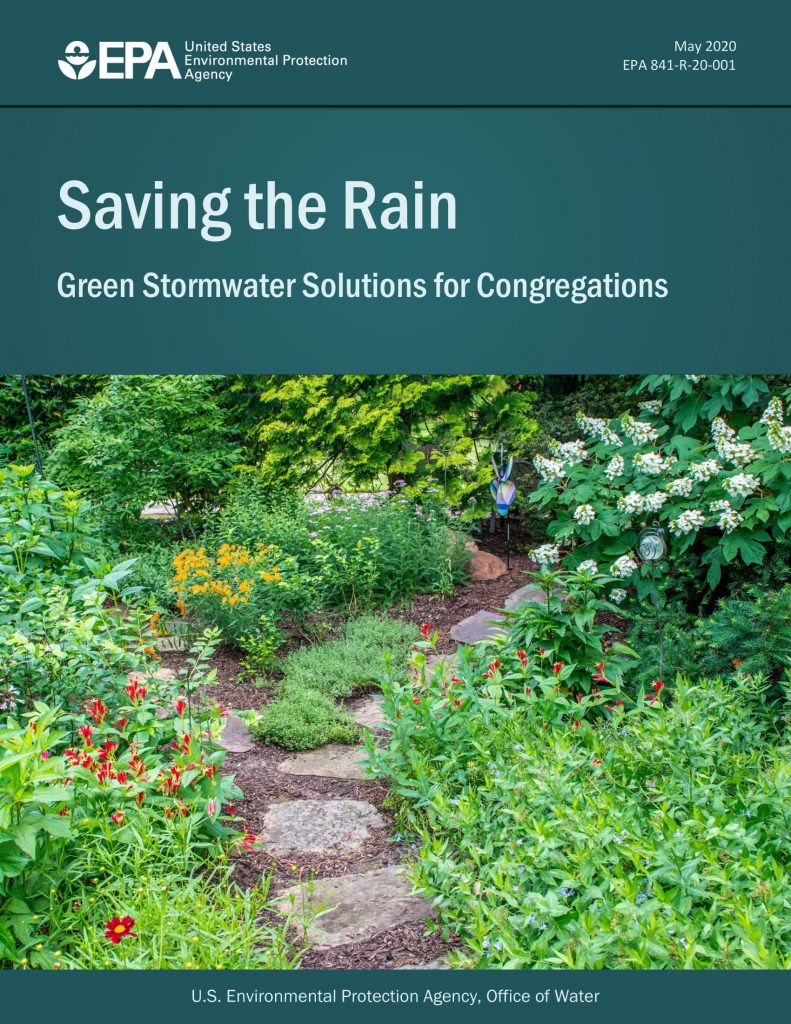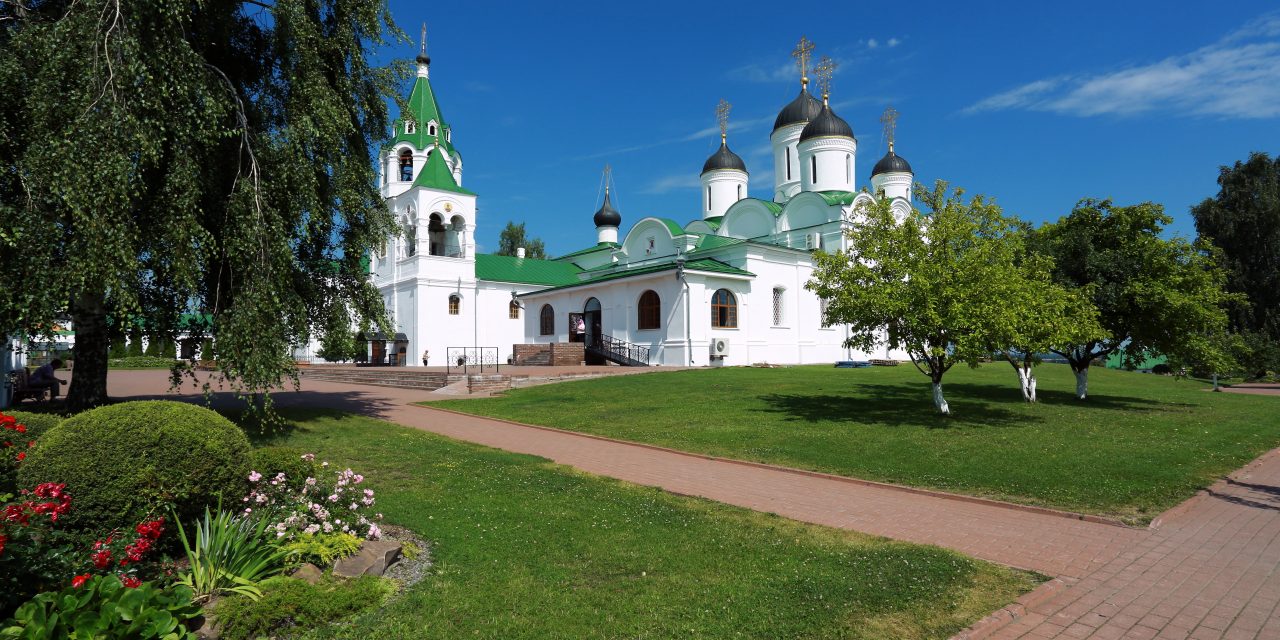The U.S. Environmental Protection Agency (EPA) is working to make low-impact development a staple of landscape design for religious facilities, releasing a comprehensive green infrastructure guide targeting congregations in 2020.
The guide, titled Saving the Rain: Green Stormwater Solutions for Congregations, walks faith groups through the process of identifying opportunities for green infrastructure on their property, subsidizing design and construction costs, and developing long-term maintenance plans.
“A key tenet of many congregations is reverence and respect for nature. This guide was written to help congregations identify actions they can take to care for the environment – starting with their own properties,” said Robert Goo of the EPA Office of Water during an April 13 webcast about the guide. “EPA believes that by greening our communities, we can make them healthier, safer, and better places to live.”
A Natural Fit for Nature-Based Solutions
Whether they occupy sprawling properties or humble storefronts, most places of worship strive to create a peaceful environment that encourages visitors to reflect, meditate, and connect, described Naomi Edelson, creator of the National Wildlife Federation’s (Washington, D.C.) Sacred Grounds Program, during the webcast. Sacred Grounds helps congregations implement nature-based solutions that improve habitats for wildlife, stormwater management, and the visitor experience.
Substituting typical grass lawns for water-conscious landscaping and rain gardens that feature native plants is a simple, low-cost example of how faith leaders can enhance flood resilience and biodiversity without compromising the property’s aesthetic appeal. Saving the Rain, which Edelson helped develop, teaches congregations how to recognize similar opportunities.
“Often, congregation grounds have all-grass lawns. We’ve been taught that that’s beautiful, but what we’ve done is taken homes from our wildlife and created an unhealthy environment,” Edelson said.
Community Workforces

As the guide outlines, the nature of congregations allows them a rare opportunity to keep labor costs low and engagement high. Volunteers can help perform simple tasks — such as redirecting downspouts or installing rain barrels — with minimal training. For more advanced projects, Interfaith Partners for the Chesapeake (IFPC; Annapolis, Maryland) offers free, webinar-based training sessions that teach small groups basic green infrastructure skills. Aligning volunteer landscaping projects with the unique priorities of the congregation can help inspire interest, said Jodi Rose, IFPC executive director, during the webcast.
“You really need to find the energy in your faith community,” Rose said. “What are people motivated by? What are the changes they want to see in their community?”
Some congregations, for example, have successfully implemented stormwater projects by tailoring their approach to the economic needs of their communities. Reverend Kip Banks, a Washington, D.C.-based pastor, described a recent rain garden project built in part by returning ex-convicts, providing local opportunity. Steven Wasko, a Detroit-based minister, described his congregation’s decision to supplement an extensive landscape redesign project with a green infrastructure-based training program aimed at equipping volunteers with in-demand skills.
“To date, we’ve had a teen program for middle-school students, a teen program for high-school students, and an adult workforce development program,” Wasko said during the webcast.
Partnership is Key
Locating the necessary capital to support large-scale green infrastructure projects is often the largest barrier for places of worship, many of which largely operate on donations. Saving the Rain highlights several regional and national initiatives that specifically target green infrastructure and wildlife habitat projects at places of worship. In addition to providing financial resources, many available partners also offer technical resources during the project’s design and implementation.
“As a pastor, I don’t have a lot of the technical expertise that a lot of our partners do,” said Banks, whose congregation worked with their municipality and the Sacred Grounds program to plant a large rain garden at no cost to the church. “Partnership is key.”
In addition to nonprofit groups, several utilities and municipal governments offer incentive programs to help support environmental projects on private land. Many places of worship also pay stormwater utility fees to their local government that can be offset or minimized by implementing voluntary stormwater management projects, the guide describes.
Top image courtesy of Aleksandr Sobolev/Pixabay




